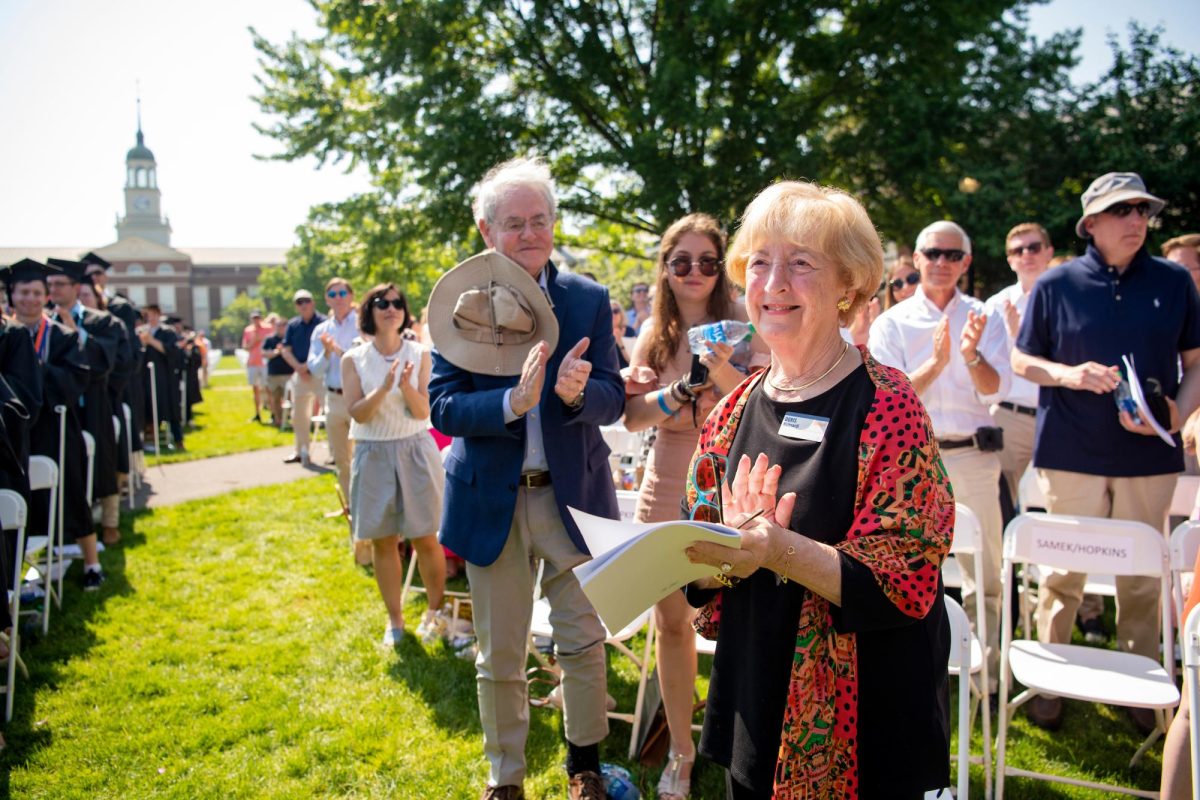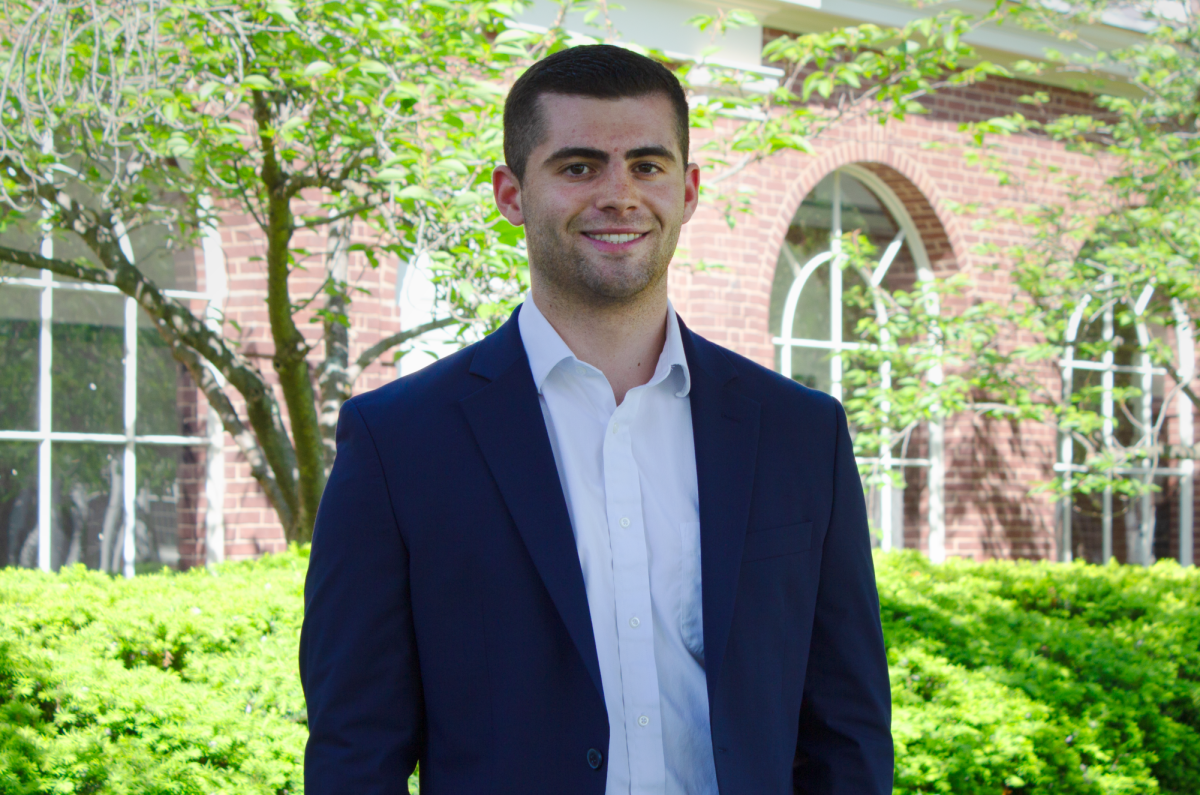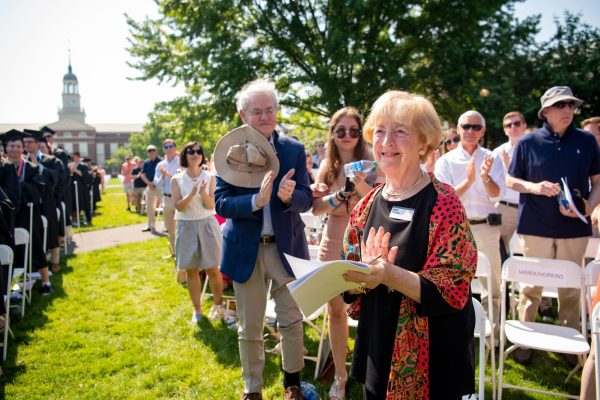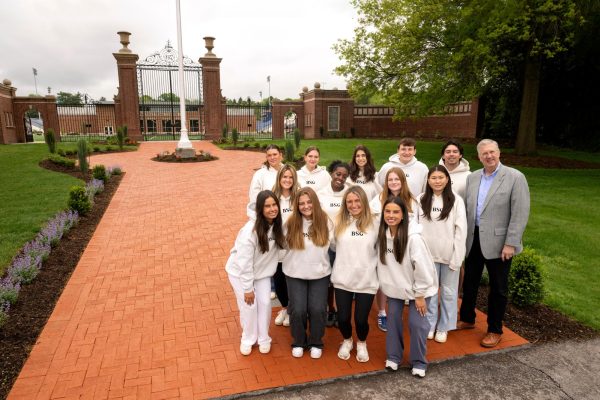Editorial: One year later: Still a long road ahead
One year ago on Thursday, a man carrying a semi-automatic weapon walked into Marjory Stoneman Douglas High School and murdered 17 individuals. The victims included students Alyssa Alhadeff, who was known for her soccer and debate skills, Luke Hoyer, remembered by his friends for his dry sense of humor, and Joaquin Oliver, who came to school that day carrying flowers and looking forward to a Valentine’s Day date with his girlfriend. Since February 14, 2018, there have been 27 school shootings in America.
These victims could have easily been our classmates, teachers, friends, siblings, children, or even ourselves. Their lives were taken by an individual who was able to legally get his hands on a weapon that did that day exactly what it was designed to do: take many lives in a short amount of time. While the nation has recoiled in horror and mourned the loss, sweeping legislative change has yet to occur and the number of school shootings has continued to climb.
The gun control legislation that has occurred can be largely attributed to the tireless work by the students who attended Marjory Stoneman Douglas High School. In the immediate wake of the tragedy, students organized the March for Our Lives on Washington, which drew a crowd of 200 thousand individuals, as a way to show opposition to the overwhelming gun culture of America. Under the rallying cry of “Never Again,” massive protests, nationwide school walkouts, and pleas for better school security and gun control ensued. Since then, some positive steps have been taken, such as a federal ban on bump stocks enacted in December 2018. However, military-designed weapons such as AR-15s are still legal for purchase in 45 states.
We have become the generation of mass shootings. Nearly every traditional student on this campus entered elementary school following the Columbine shooting in April 1999. We have grown up practicing hiding underneath our desks during emergency lockdown drills and checking on loved ones when yet another headline reading “active shooter” is published online. Experiencing and reflecting on these tragedies have become horrifically routine.
This is an issue that, at its scale, is uniquely American. According to CNN, gun homicide rates in the United States are 25.2 times higher than in any other high-income country. Some cling to the Second Amendment–the right to bear arms–and fear the removal of their American rights if they are unable to purchase semi-automatic weapons. Yet, the Constitution was written in 1787, a time when such powerful weapons were unimaginable. Our Founding Fathers, however, planned for such advances with our ability to amend the Constitution when necessary, as it is now. It is not a static document, and its interpretation is not absolute; just as we as a nation continue to move forward, we need to ensure that our laws are doing so, as well.
Our experiences have begun to influence the American government and the policies it enacts. The 2018 midterms saw a 10 percent rise in youth turnout compared to 2014. Our voices are finally beginning to be heard and even still, there is much more to be done. Human lives depend on our ability to make a change.
Living in a democracy grants us the power to initiate progress, whether it be through voting, protest, social media, or contact with those in Congress. As we continue our education and prepare to enter into our professional lives, we must ensure that we utilize our positions of privilege to push for positive change. This cycle of devastation has carried on uninterrupted for far too long, and it is past time for us to ask: what do we, as Americans, value more? Is the right to bear a weapon capable of mass murder more important than our lives, and the lives of our classmates, teachers, friends, siblings, and children?




















